The ‘cattle’ castle of North Wales that’s become one of the country’s greatest ‘hidden gems’
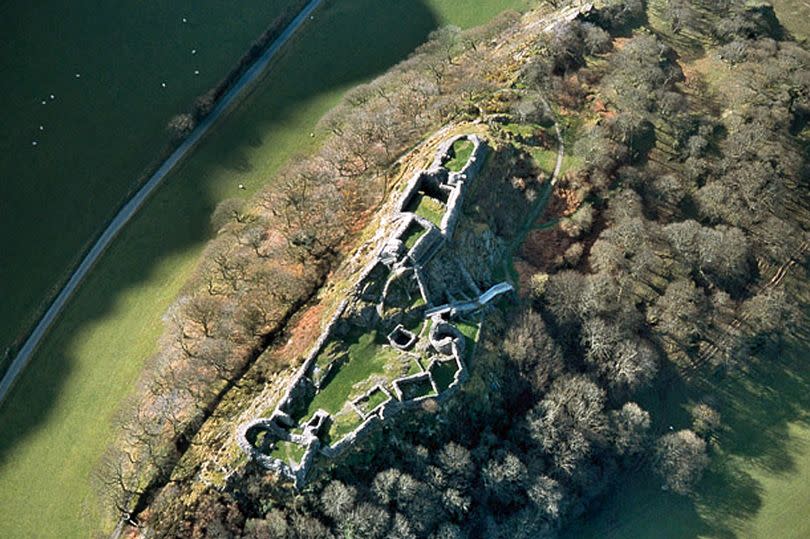
One person’s hidden gem is a local’s everyday staple. Even in the age of social media, they still exist, even if it means they might not stay hidden for long.
A new study, by a member of the Tripadvisor family, found 15 destinations in Wales that fit the “hidden gem” bill. In a country of castles, a lesser-known featured amongst the highest ranked.
Unlike the great Norman castles, this one was built by the Welsh and its design was every bit as sophisticated as its English rivals. Unlike those in Conwy, Caernarfon and Beaumaris, however, you’ll have to work a little harder to reach it.
READ MORE: Shocking discovery prompts call for castles to be returned to people of North Wales
READ MORE: Investigation launched after Offa's Dyke historic trail 'damaged'
Castell y Bere occupies a commanding position on a rocky promontory in the Dysynni Valley beneath Cader Idris in Eryri (Snowdonia). “It may be remote,” said site custodian Cadw, the Welsh heritage body. “But it’s a magnet for all castle lovers.”
It’s long been a ruin. But this was once the most heavily defended and technologically advanced of all the native Welsh castles. Castell y Bere was destroyed in battle but it was built for not just for military reasons: as well as being a show of strength, Llywelyn ap Iorwerth (Llywelyn the Great) constructed the castle to control mountain trade routes – and to watch over his valuable cattle.
“In medieval Wales, cattle were as good as currency,” said Cadw. Even now, several watering holes for cattle can be found on the edges of the Dysynni Valley. Hewn out of the rock, they’re embedded with iron rings to tether the beasts.
For more than 550 years, the ruined castle lay abandoned and neglected. The site was cleared in the 1850s and a century it began to attract a trickle of visitors, among them legendary rock singer Robert Plant of Led Zeppelin fame. The North Wales Live Whatsapp community for top stories and breaking news is live now - here’s how to sign up
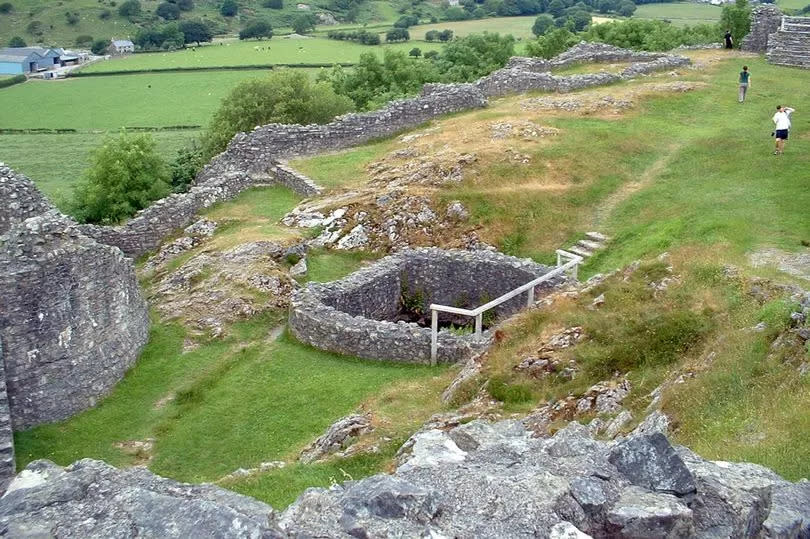
His parents holidayed in the area, prompting Plant’s lifelong interest in Celtic history and mythology. In the early 1970s, he returned to the Dysynni Valley to record Led Zeppelin III in a small cottage near Corris, a few miles inland from Castell y Bere. The cottage was immortalised in the song Bron-yr-Aur Stomp.
Plant made another trip back in 2018, this time with Brian Johnson of AC/DC for Sky’s Life on the Road series. During a visit to Castell y Bere, he sucked in the hillside air and gazed out across the countryside. “Coming from the Black Country this – compared to the industrial Midlands – was such a relief to everybody,” he recalled.
For many of the castle’s visitors, it is the landscape and serenity that’s just as rewarding as the sense of history. Tripadvisors reviews invariably testify to this effect.
“It is the most moving and atmospheric castle I’ve ever been to,” said one person. A Leicester visitor agreed: “The views of the valleys are excellent,” he said. “It is easy to imagine being the Welsh prince looking down on your cattle grazing in the lush meadows and protected by your castle.”
A Swindon visitor had just one complaint – that Cadw has not provided benches for people to soak up the stunning views. He added: “Tucked away in a hidden valley, this is probably my favourite castle, setting and location-wise. A true hidden gem of Wales.”
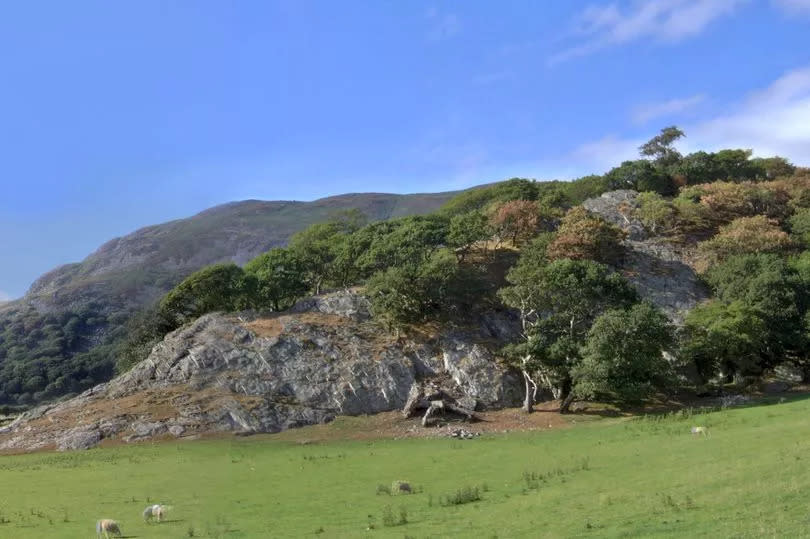
Castell y Bere is located above the village of Abergynolwyn, close to where Talyllyn's steam trains terminate. Nearby is the beautiful little church of St David's. As well as being evocative, the castle is far enough off the beaten track to be wonderfully peaceful.
In the distance towers Craig yr Aderyn, also known as Bird Rock, near Llanfihangel-y-Pennant. Get all the latest Gwynedd news by signing up to our newsletter - sent every Tuesday
As its informal English name implies, this hill is a noted breeding site for birds such as choughs and gulls. Being a former Iron Age hillfort, Craig yr Aderyn confirms the fertile valley’s importance as a trade route. In fact, the location was so important that Llywelyn the Great took it from his own son Gruffudd in 1221 so he could begin building his castle.
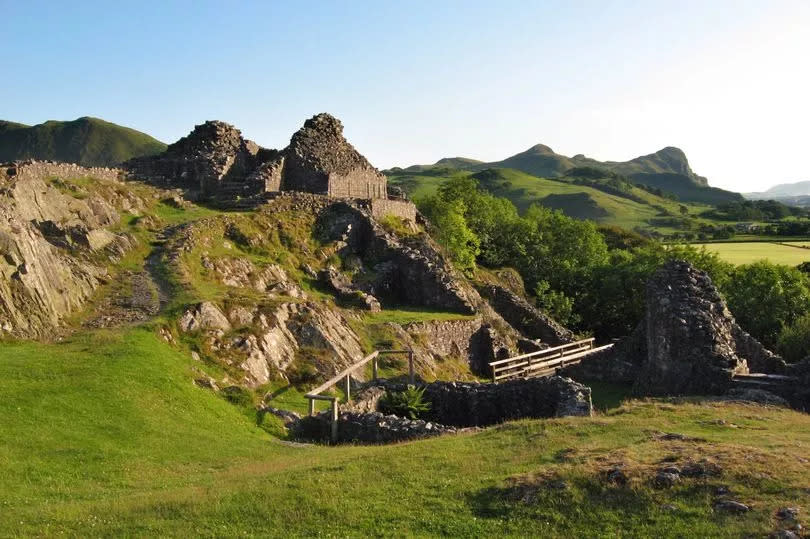
Until the Normans arrived, the Welsh princes had little need of castles, instead living in lightly-defended llysoedd, or courts. As the threat of incursion increased, a few timber and earthwork castles were built. But, needing to consolidate his expanding kingdom, and with the English now in control of the Welsh Marches, Llywelyn began using stone.
Castell y Bere was one of several he built: others included Dolwyddelan in south Conwy and Dolbadarn at the foot of the Llanberis Pass beneath Yr Wyddfa (Snowdon). Construction began in 1221. As a typically Welsh contour castle, it hugged the hillside.
Though harder to imagine it now, it must have been an impressive sight when completed. In terms of scale and design, its south tower was similar to the keep at the Welsh castle of Ewloe, Flintshire, much more of which still remains.
Its entrance had elaborate defences. As well as ditches, there were two gate towers, each with its own drawbridge. It’s thought each had a portcullis too. Cadw said: “Such a sophisticated entrance cannot be matched in any other Welsh castle. Indeed, even by the standards of English fortifications, it would have been technologically advanced for the early 1220s.”
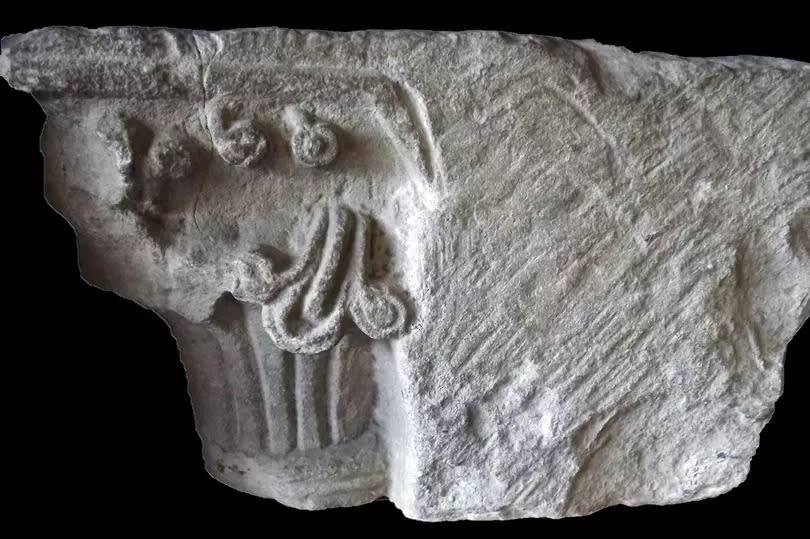
Yet, by 1283, it was in the hands of Edward 1, marking the completion of his conquest. Edward visited the castle three times in 1284 and established a small town nearby. Despite investing in new fortifications, Castell y Bere was retaken and burnt by the Welsh in 1294 following a revolt led by Madoc ap Llywelyn.
The castle and its new English town were subsequently abandoned. Unlike Edward’s new coastal castles, they could not be supplied from the sea. By the 16th century, Castell y Bere was just an outline on the hillside.
More recently, it has become symptomatic of Wales' desire to reclaim its own historical narrative, long left in the shadow of Norman structures and writings. Sign up for the North Wales Live newsletter sent twice daily to your inbox
According to AMEX, 68% of travellers take pride in discovering lesser-known travel spots before they become popular. Viral videos abound on social media but it can be hard for travellers to plan an entire trip around a single breathless TikTok video. Having analysed more than 1,000 “hidden gem” locations worldwide, tour software provider Bókun – part of Tripadvisor – believes people can safely visit Castell y Bere and not be disappointed.
Find out what's going on near you

 Yahoo News
Yahoo News 
